Starlink is a megaconstellation – a network of satellites in low-Earth orbit. Its goal is to supply cheap internet access around the entire globe, particularly in rural and remote areas beyond the reach of traditional connections.
The ‘mega’ part of the name is certainly earned. When finished, Starlink will consist of over 12,000 satellites.
With other companies, including Amazon, UK-based OneWeb and several Chinese enterprises all aiming to launch similar constellations, the sky could soon be filled with tens of thousands of these satellites.
The initial brightness of the Starlink satellites surprised even SpaceX, though CEO Elon Musk was quick to reassure the public on Twitter:
The super bright phase, he asserted, would just be during the early stages of the satellite’s deployment. When they reached their final altitude and orientation they’d be much dimmer.
Over time, the satellites faded to around mag. +5.5 – faint, but still visible to the naked eye at a dark-sky site and bright enough to ruin any professional observation they happened to drift through.
“I felt Elon Musk’s comments were the wrong way to characterise this,” says John McDowell, from the Harvard–Smithsonian Center for Astrophysics, who has created a simulation of what the completed megaconstellation will look like using magnitude measurements taken by amateur satellite observing community, SeeSat.
“Most of those 4,900 satellites are in higher orbits, or much smaller and so not contributing to the light pollution problem. These [Starlink] satellites are large and low – around 550km up.
"Both those things together mean they’re bright. Prior to the first Starlink launch there were about 400 large, low satellites: 12,000 compared to 400 is quite a big increase.”
McDowell used his simulations to mimic what the sky would look like at various different points on the globe, analysing how it would change the sky for both professional observatories and the average person looking up from a dark-sky site.
“The question is how many satellites can see the Sun when you can’t. If you can see the Sun it’s the middle of the day and you’re probably not doing astronomy, and if the Sun is below the horizon the satellites will be dark and you’re probably not that bothered,” says McDowell.
“The bad thing is when the Sun is a bit below the horizon so that the ground where you are is dark, but the altitude where the satellite is in space isn’t.”
Though satellites nearest to the horizon were most affected, more were seen at latitudes under the extreme top and bottom of their orbits, where the satellites linger longest. This latitude happens to be at 53º north and south – landing it right in the middle of the UK.
“If you’re in the UK in the north in summer when the Sun never really sets then the satellites are always going to be illuminated,” says McDowell. “You’re going to see a lot of these things all summer long and it’s going to be noticeable.”
While this isn’t welcome news for those observing from the UK, many professional telescopes are located closer to the equator. For those with a small field of view, the chances of a satellite drifting through any given frame are reassuringly low.
“There’s a lot of projects that require some (relatively achievable) mitigation to avoid the satellites. This amounts to an increase in observing time, which is expensive, but it’s not the end of astronomy,” says McDowell.

Will Starlink satellites affect astronomy?
One major telescope that will be severely affected is the Vera Rubin Observatory (VRO), previously known as the Large Synoptic Survey Telescope) being built in Chile.
“The observatory will survey the entire southern sky 1,000 times in six wavebands,” says Tony Tyson, chief scientist for the VRO.
“It’s a 10-year survey of the entire southern sky and it has an uncommonly wide field of view. You could fit 40 Moons inside a single snapshot.”
Such a wide field means that the telescope is the perfect machine for picking up satellite trails. Previously, this hadn’t mattered as most satellites are much dimmer.
"Something that bright saturates our detectors. It’s not something we can easily remove from the data because it leaves a lot of artefacts behind in the image," says Tyson.
While it could be possible to plan out when a satellite will be going by and halt observations until it passed, the VRO takes images at such a rate that even a few seconds of delay could increase the survey time by several years.
As things stand, once the full constellation is deployed as many as 30% of all VRO images could contain a satellite trail. That is, of course, unless SpaceX changes its plans.
When it became apparent just how bright the satellites were – and how upset the public was about the potential of a sky filled with them – the company began working with astronomical institutions, including the VRO, to see what could be done.
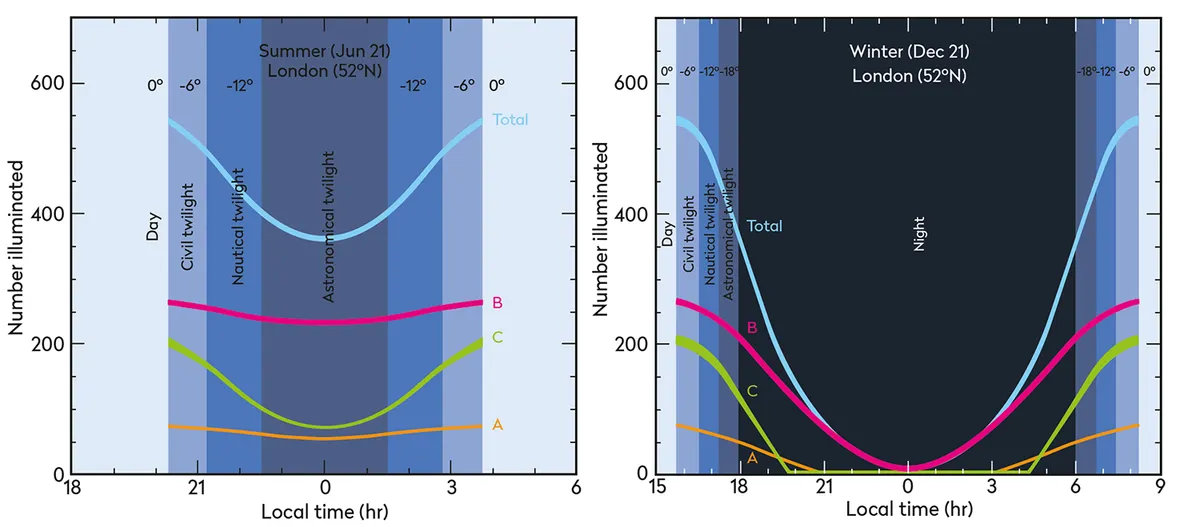
"We’ve been working with them on several different ideas,” says Tyson. "The first one, called DarkSat, launched in March. They’ve blackened areas at the bottom of the spacecraft bus that looked bright in imaging.
"Meanwhile another solution SpaceX is working on is to create a sunshade that shades the bottom of the satellite, so it doesn’t reflect light, called VisorSat."
While VisorSat has yet to be launched at the time of writing, early observations of Darksat show its brightness has dropped by as much as a magnitude, taking it below naked-eye visibility.
Now the question becomes ‘Will this be dark enough?’
Establishing that, however, is a challenge, says Robert Massey of the Royal Astronomical Society (RAS). “Part of the problem is that we haven’t really, as a community, accepted what the maximum brightness of a satellite is,” he explains.
“Is it naked-eye visibility, mag. +6.0? Or fainter than that? Can we tolerate something brighter? Those discussions need to be had.”
To help those discussions along, the RAS ran a conference in January, bringing together members of the professional and amateur astronomical communities with representatives of SpaceX and OneWeb.
The goal of the meeting wasn’t to stop companies from their quest to bring internet access to everyone, but to ensure they were doing so without exacting a price the world wasn’t willing to pay.
“It’s hard for astronomers to argue against global internet,” says Massey, “but my particular view is that there is a shared ownership of the sky. There should be public input into that.”
The problem with shared ownership, however, is that there is no one organisation governing our view of the heavens.
“You can develop guidelines, but how do you make them enforceable?” says Massey. “That requires an international treaty and that may take a very long time.”
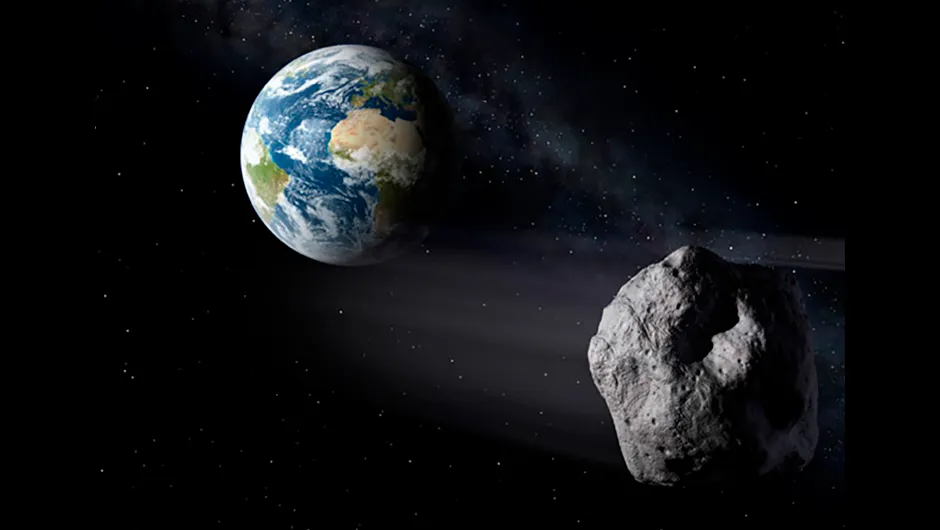
Currently, the only global governance comes from the United Nations Outer Space Treaty, a list of guidelines agreeing what it means to be a good citizen in space.
It’s then up to each individual country to make their own laws, usually using the Treaty as a template.
While there is little compelling nations to pick up these guidelines, a similar approach has been remarkably effective in tackling the problem of space junk.
We approached SpaceX for a comment for this article, but did not receive a response. However, everyone we spoke to agreed the company is at least interested in being a ‘good space citizen’ and fixing the problem.
One thing they are not doing, however, is slowing down the launches of their Starlink satellites. Over 300 satellites are already in orbit at the time of writing, only one of which has had any kind of measures to mitigate its brightness.
“Besides wanting to get revenue from the system as soon as possible, the licence to launch the first 1,584 satellites of the constellation is only for five years, so SpaceX is under some pressure to continuously launch, despite all these discussions,” says Massey.
“History confirms that a reliance on the benevolence of the business world has not been a great strategy for the public,” says McDowell.
“While it’s great that SpaceX and others are taking this seriously and trying to fix the problem, I think we need some level of regulation that’s not so onerous that it inhibits the development of space.
There should be a global governance of a resource that’s been important to humanity for millennia.”
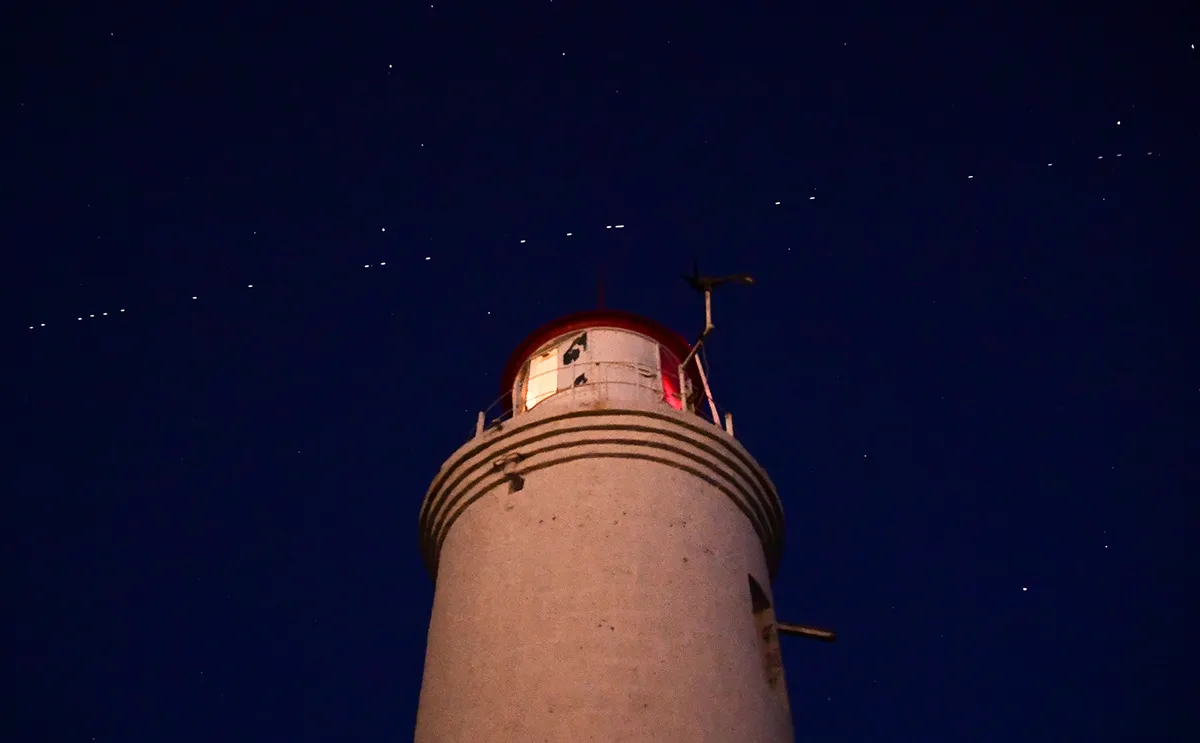
How will Starlink satellites affect amateur astronomy?
Amateur stargazers were one of the first groups to realise the impact of Starlink satelliteson views of the night sky.
“The first day of the launch I got loads of messages asking what was going on,” says astrophotographer Alyn Wallace. “They’d just seen the first train of satellites coming over the UK and were trying to work out what they’d just seen.”
For most visual observers, the effects shouldn’t be too bad. The satellites are currently only visible to the naked eye from dark-sky sites, and SpaceX seems committed to reducing their brightness below even that.
Meanwhile, for those looking through a telescope, a satellite drifting through the eyepiece should be a rare and momentary annoyance.
The community which will be worst hit, however, are astrophotographers, especially those taking long exposure, wide-field shots such as star trails.
Amateurs could even be more affected than professionals, lacking the precise orbit information and resources to remove any trails available to scientists.
“It’s going to ruin images,” says Wallace. “People are going to have to throw data away. It’s not something you can escape from.
"You can always escape light pollution and go to a dark place, but with Starlink it doesn’t matter where you are. You’ll always look up and see a sky full of satellites.”

Who else might be affected by Starlink satellites?
For astronomers, the reasons for keeping satellite light pollution down are obvious, but they are not the only one with an investment in the night sky.
“There are cultures around the world who may not be heavily involved with space, but who live in less urbanised environments and have a strong tradition associated with the night sky,” says John McDowell
“These people might be put out if the night sky was changed suddenly without them being consulted.”
One major scientific enterprise that could suffer is the search for near-Earth objects, as the conditions that are best for illuminating space rocks are the same for illuminating satellites.
With thousands of satellites moving across the sky, it will be difficult for surveys to pick out the motions of an asteroid, making it all too easy for a potentially dangerous object to slip through without detection.
Then there is the question of space junk. Low-Earth orbit is home to thousands of satellites and is already getting cluttered.
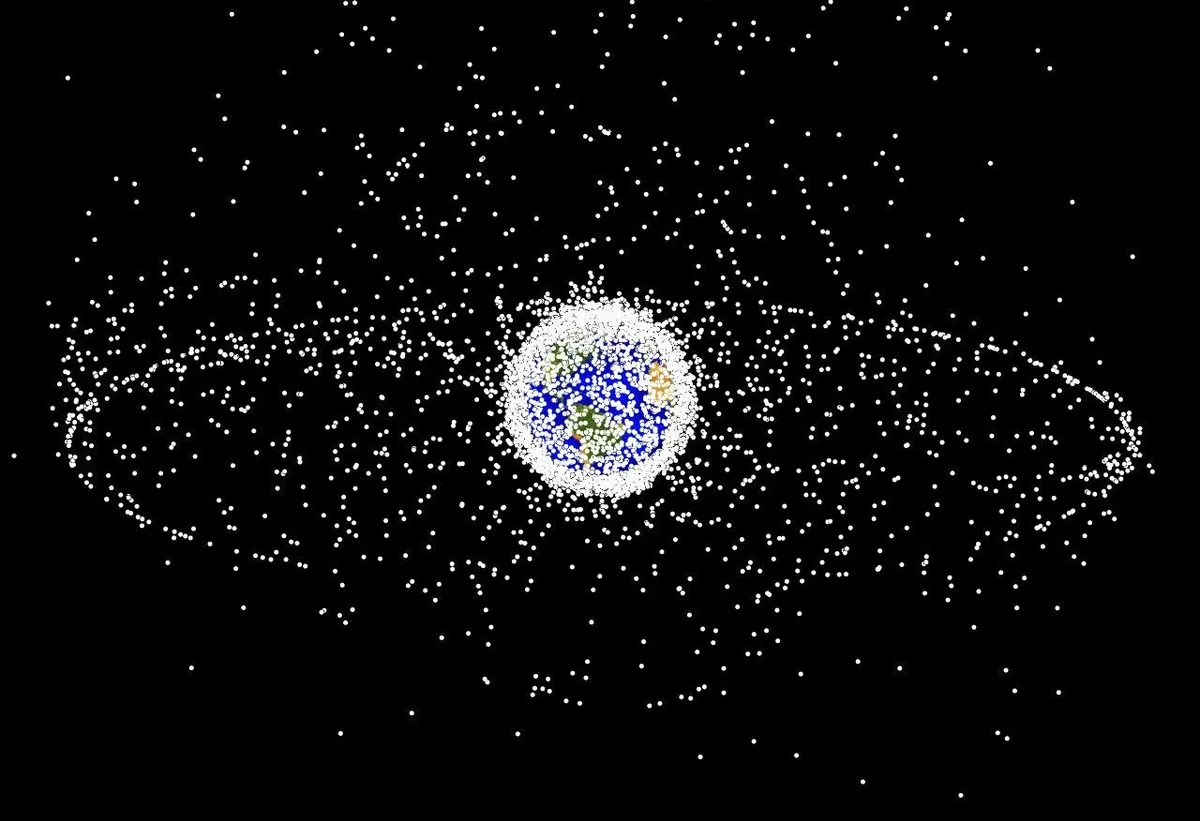
“With 10,000 satellites, they have to make sure they have decent traffic control,” says Robert Massey.
SpaceX has already come under question over this, when on 2 September 2019, ESA had to divert one of its satellites to avoid a collision.
“It’s important that SpaceX’s systems can be deorbited easily and reliably. Even a small failure rate will still amount to a reasonable number that aren’t under control.”
The potential benefits from the system are undeniable. Megaconstellations will supply internet to people who could never gain it through conventional means.
“Even if the final decision is, ‘Yeah, cheap internet is so important we’ll throw the night sky overboard’, it should be a matter for the global community to review,” says McDowell.
An expert's view: The Sky at Night's Chris Lintott

The initial plans for SpaceX's constellations of Starlink satellites were for just over 1,500 satellites, but SpaceX has permission to launch as many as 12,000, and maybe many times that.
Starlink satellites – which are both large and low – already account for the majority of active large satellites in lower orbits, and a large proportion of the satellites that are visible to the naked eye.
If we’re heading for even only 1,500 Starlinks in the near future, four in every five bright satellites will belong to the constellation.
By day, Jonathan McDowell is an X-ray astronomer, part of the team who keep the Chandra space telescope running and productive, staring at some of the distant Universe’s most energetic phenomena.
In his spare time, he keeps track of objects much closer to home, cataloguing the population of satellites that clutter low Earth orbit.
He’s therefore the right person to weigh in on SpaceX’s rapidly growing constellation of Starlink satellites, and in a new paper he does just that.
Even with 1,500 in orbit, McDowell explains the effect will be dramatic. That might seem surprising.
There are, after all, nearly 5,000 satellites already in orbit, so the initial Starlink deployment accounts for only a small addition.
But to be bright – visible with the naked eye – you need a satellite to be both large and in low Earth orbit, and there just aren’t that many satellites for which this is true.
In higher orbits debris and defunct satellites can last a long time, but anything large that orbits under 600km above the surface will burn up in the atmosphere before too long.
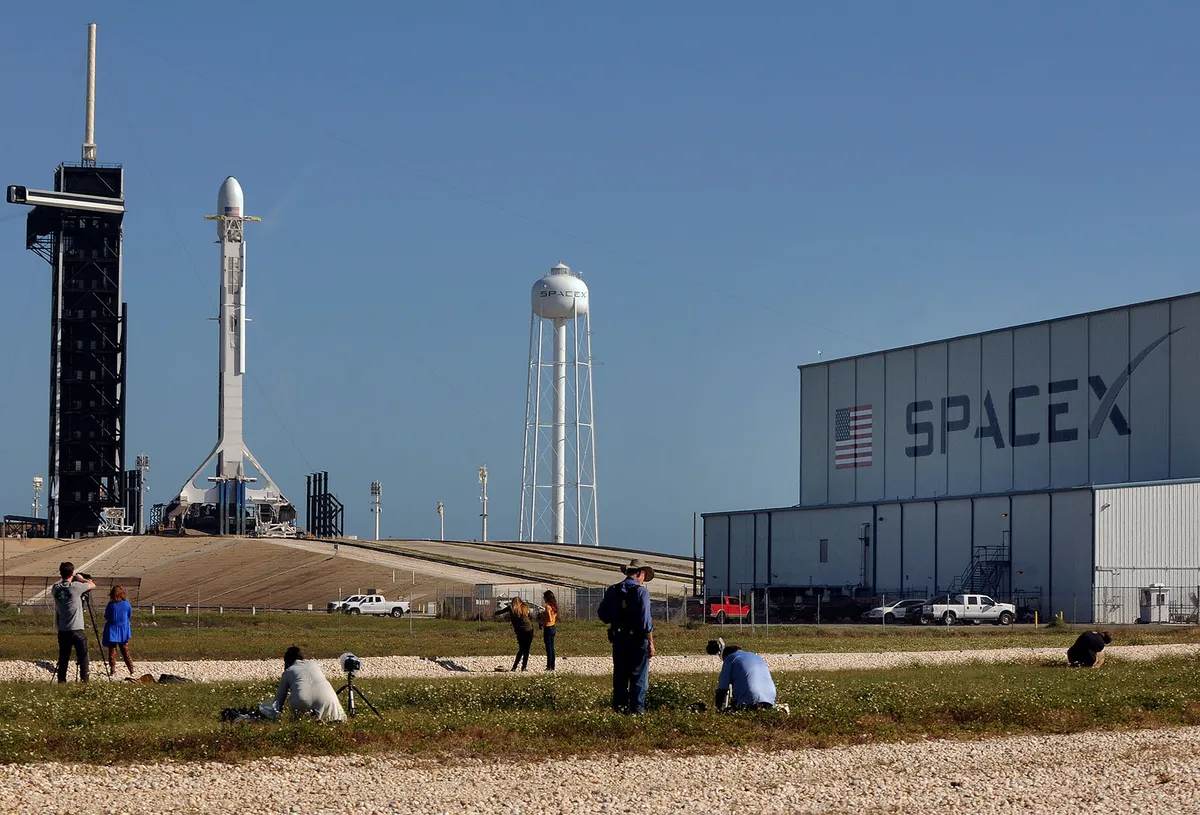
I’ve already spotted some of them myself, and as the paper makes clear, they will be visible for long stretches of the night.
Using real observations from a network of volunteer observers (satobs.org), the paper builds a model for how the constellation of satellites will look when deployed.
They’re typically between magnitudes 4 and 6 – in naked-eye visibility range from a dark site.
From almost any observatory location, hundreds are above the horizon at all times and, during the summer months, they will be bright throughout the night.
During winter, from most locations there are hours of respite either side of midnight, but much of the night will still be Starlink-streaked.
For the biggest surveys astronomers are planning, which use wide-field cameras to cover much of the sky, it seems possible that every image taken will have a satellite streak due to a Starlink satellite.
For casual observers, who may care more about the view near the horizon, or those hunting near-Earth asteroids by scanning the twilight sky, the situation is worse.
Can anything be done? SpaceX themselves have experimented with changing the design of the spacecraft, and one special, darkened satellite is currently in orbit.
Initial observations suggest that the changes might work, taking the satellite out of naked-eye visibility, but more careful monitoring is needed.
The warning from this paper is that our night sky might be changing, and fast – and if so it will never be the same again.
Expert's view: solar scientist Lucie Green
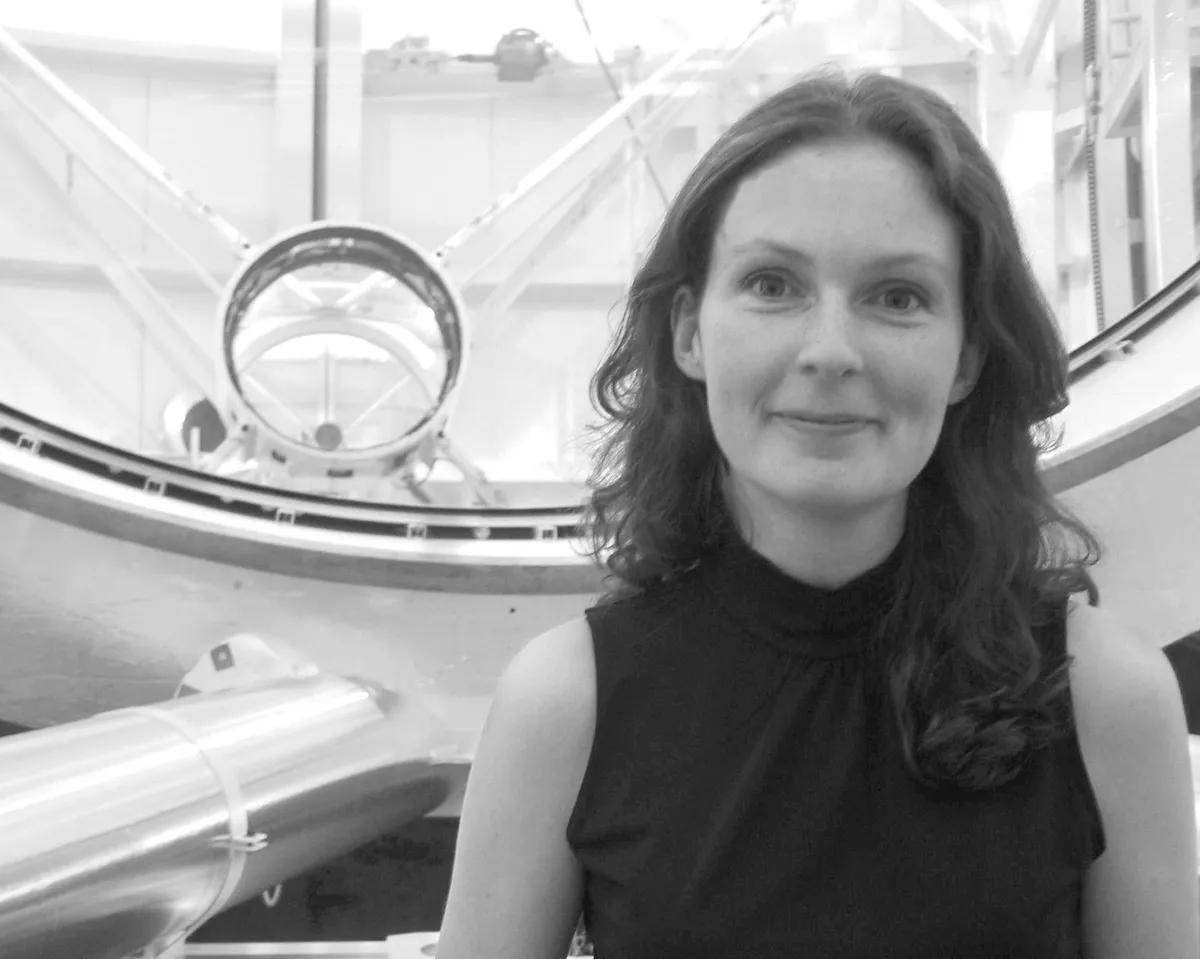
Every project that carries the SpaceX name seems to be an audacious attempt to blaze a trail and leave other companies playing catch up.
Elon Musk himself is so prominent when it comes to space exploration that I sometimes wonder when the day will come that I am doing my research using data collected by his spacecraft.
But if he wishes to fulfil his dream of creating a human colony on Mars, he needs money.
That’s where projects like Starlink come in; a ‘megaconstellation’ of 12,000 satellites working together to provide a globally accessible internet system.
It could open up opportunities for people in hard to reach places, giving them access to knowledge, employment and facilities many of us take for granted – while also making a nice profit for SpaceX.
However, our skies are a site of special scientific and cultural interest and these megaconstellations represent a new form of light pollution that could irreversibly change them.
The Starlink project kicked off in May 2019 when SpaceX launched 60 prototype satellites to demonstrate that deploying such a large number in one go is feasible. Today over 400 are in orbit.
Rightly, there has been significant concern voiced across the astronomy community about this project.
The satellite ‘trains’ that I watched passing overhead from the early launches were an astonishing sight and they caused speculation that, in the end, thousands of Starlink satellites would be omnipresent, destroying our views, and the ability to do astrophotography and study large portions of the sky.
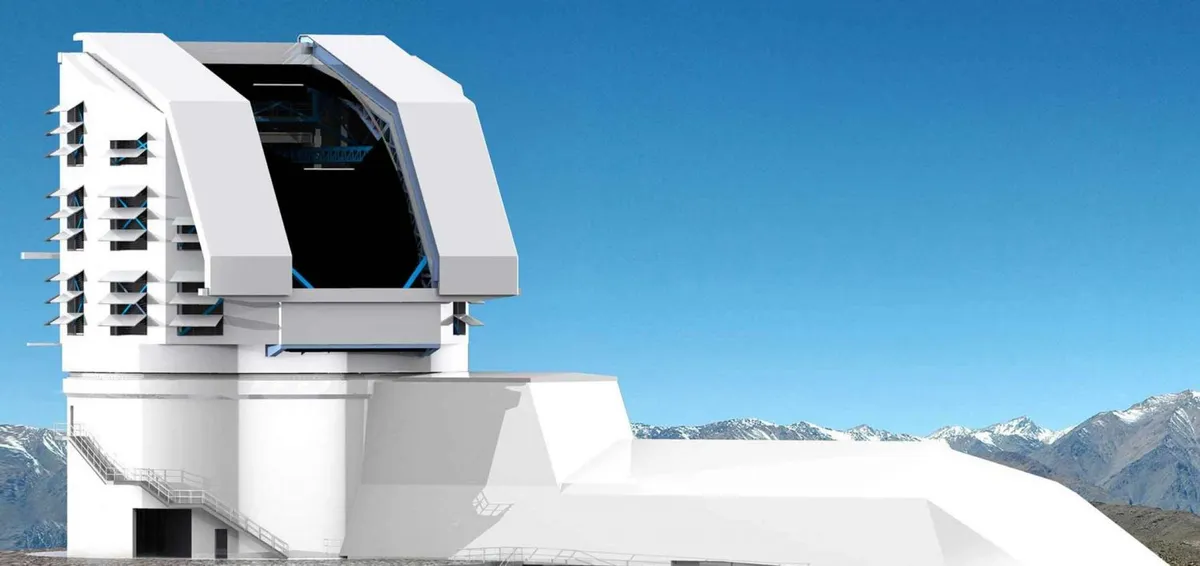
What I learned, though, is that the Starlink project is immensely complex. With engineers probably working under pressure to meet launch deadlines, the issue of light pollution, remarkably, seems to have been overlooked.
Authorisation of satellite launches takes place at a national level and there is no legal requirement to factor light pollution into the mission design.
This is why it has been so important that we astronomers speak up about the potential impact. It seems that we have been heard.
Experimentation with satellite coating and modification to design and orientation have all been tried with some success in reducing the satellites’ brightness to just below naked eye visibility once in their final orbit.
While this allayed my initial fears, it doesn’t solve the significant impact that will be experienced by telescopes carrying out sky surveys, like the Vera Rubin Observatory in Chile, which will scan the sky repeatedly to advance our understanding of dark matter and dark energy.
Starlink is happening and we can’t do anything about that, but thank goodness SpaceX is engaging. The lesson I learned is that we have a voice and we can make it heard.
So let’s use it and not give up stewardship of our night skies to private companies, but keep it for everyone.
This article was created using excerpts from the May, June and July issues of BBC Sky at Night Magazine.
